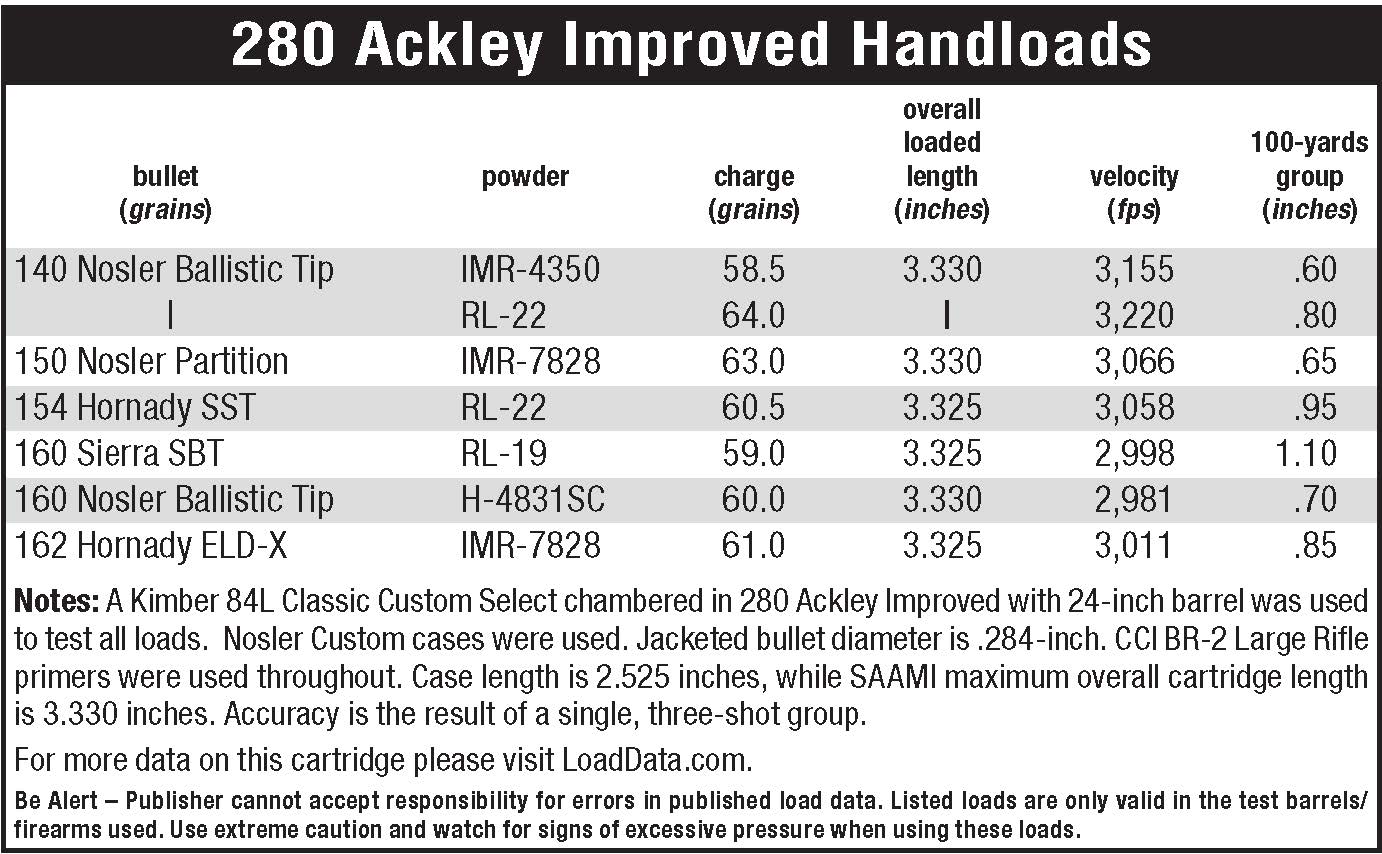Mostly Long Guns
280 Ackley Improved
column By: Brian Pearce | March, 25
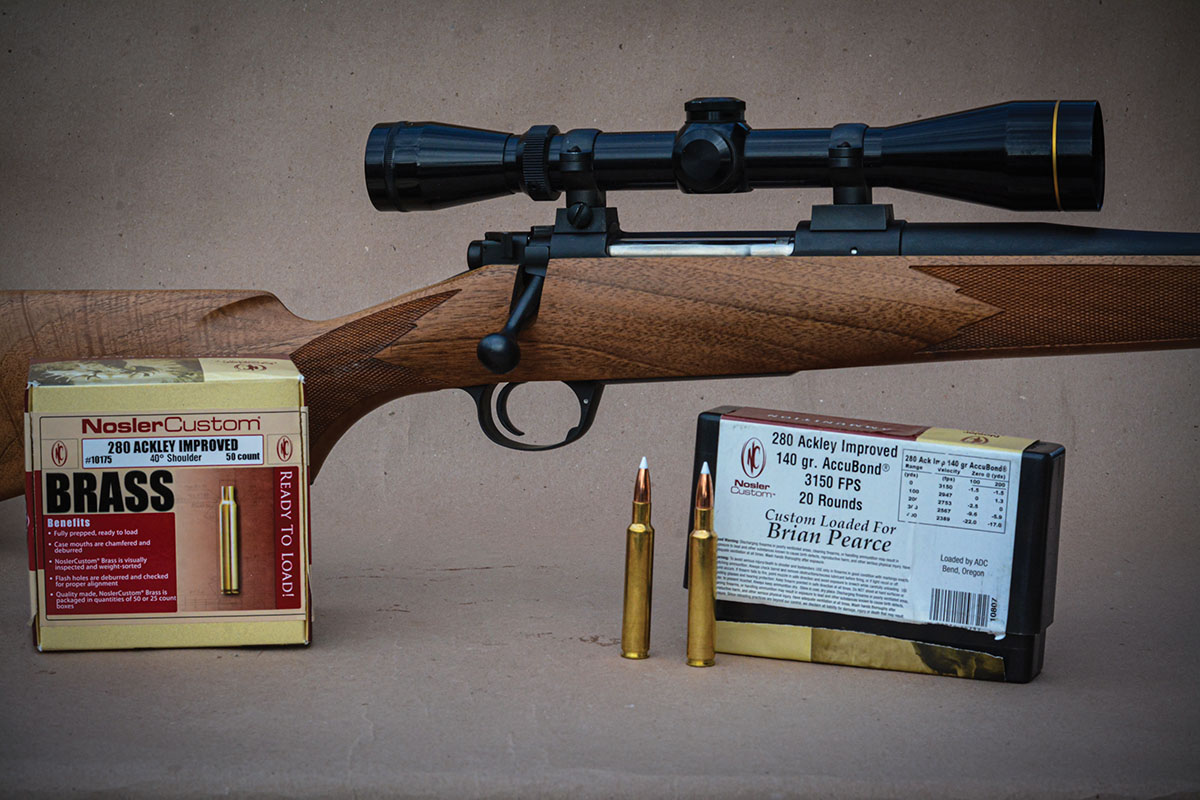
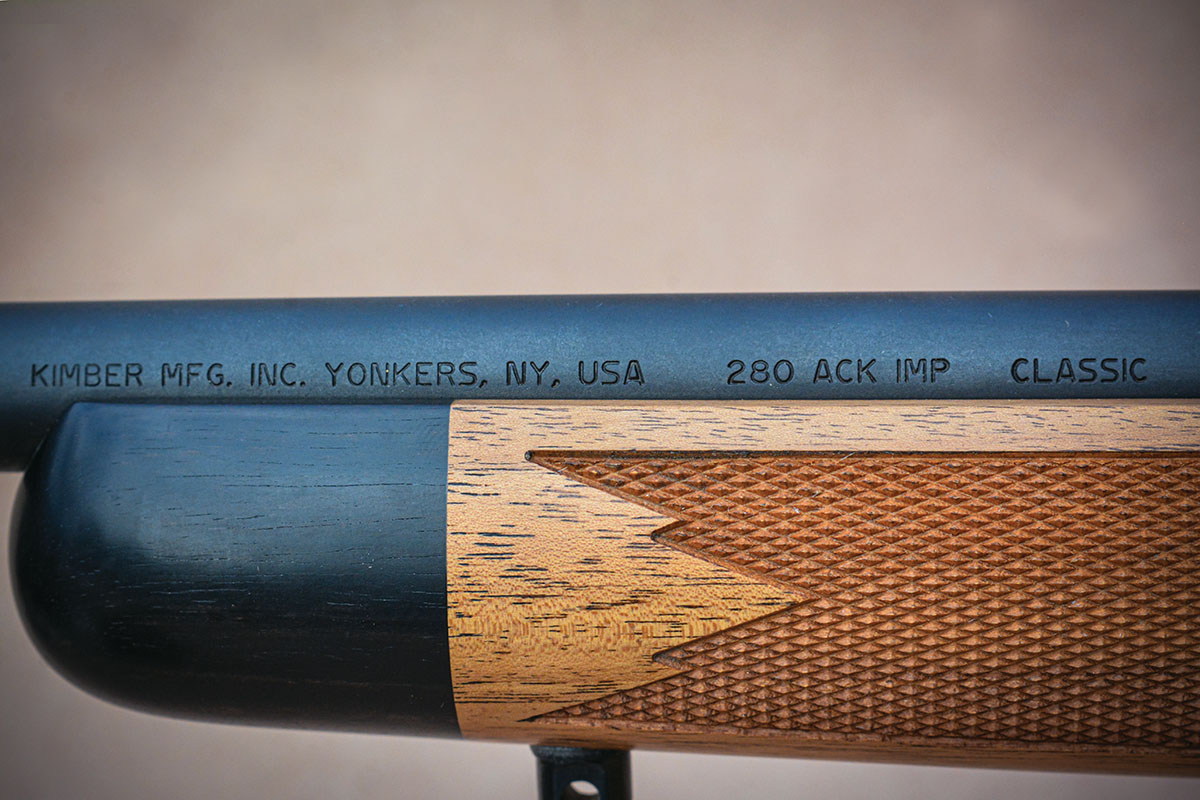
To make matters worse, the industry pressures for the 280 were established at 50,000 copper units of pressure (CUP), currently 60,000 psi, which is 5,000 psi less than the 270 Winchester. It has often been stated that this was due to the pump-action and autoloading rifles that the 280 was chambered in; however, that is not true. Remington chambered the same rifles in 270 with its higher pressures. Regardless, performance was left on the table, so to speak, and savvy handloaders can make notable ballistic improvements when compared to factory loads.
Despite offering greater versatility and being a truly excellent cartridge, the 280 never outsold the 270. In an effort to renew interest, in 1978, Remington renamed it the 7mm-06 Remington. Then, in 1979, Remington reintroduced it as the 7mm Express Remington, but that name caused considerable confusion with the 7mm Remington Magnum. In 1981, it was changed back to the 280 Remington. Regardless, it has proven to be a truly great cartridge in the field and on long-range targets, where it has won many open-class 1,000-yard matches.
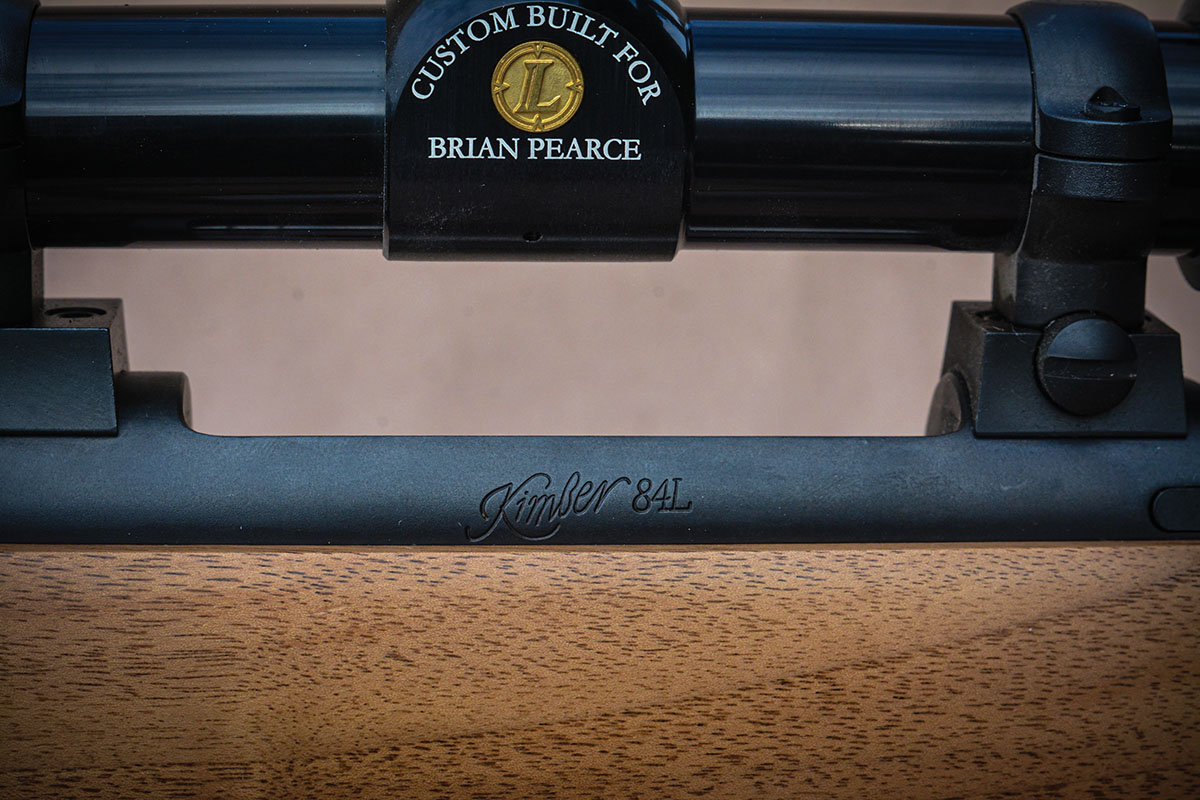
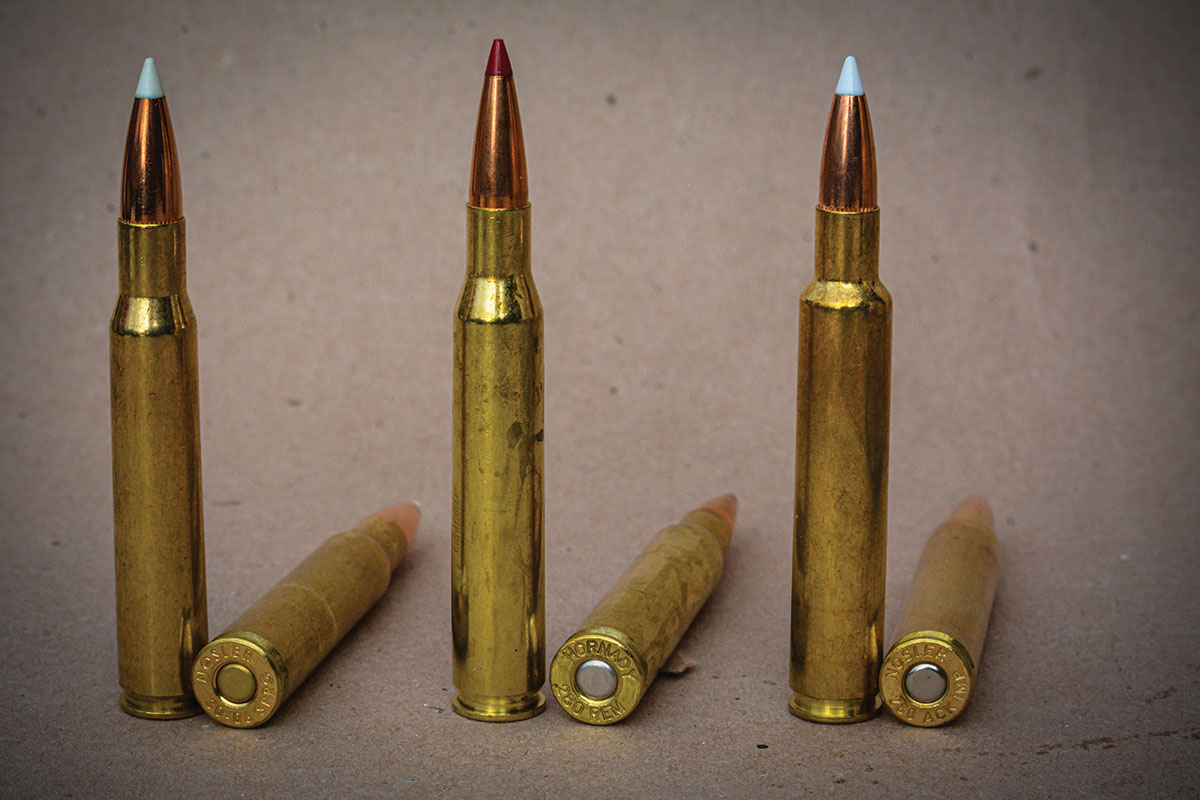
The 280 Ackley Improved (AI) was a truly standout wildcat. In fact, it was so good that sometime prior to 2006, it caught the attention of Bob Nosler, President and CEO of Nosler, Inc. The decision was made to introduce it to SAAMI and then offer it commercially in the Nosler Model 48 rifle and offer factory-loaded ammunition. After the approval process, it was formally introduced in 2008. Some important details of the industry-standardized cartridge include slightly less body taper than the original 280, a slightly shorter case and the pressures were increased by 5,000 psi to 65,000 psi.
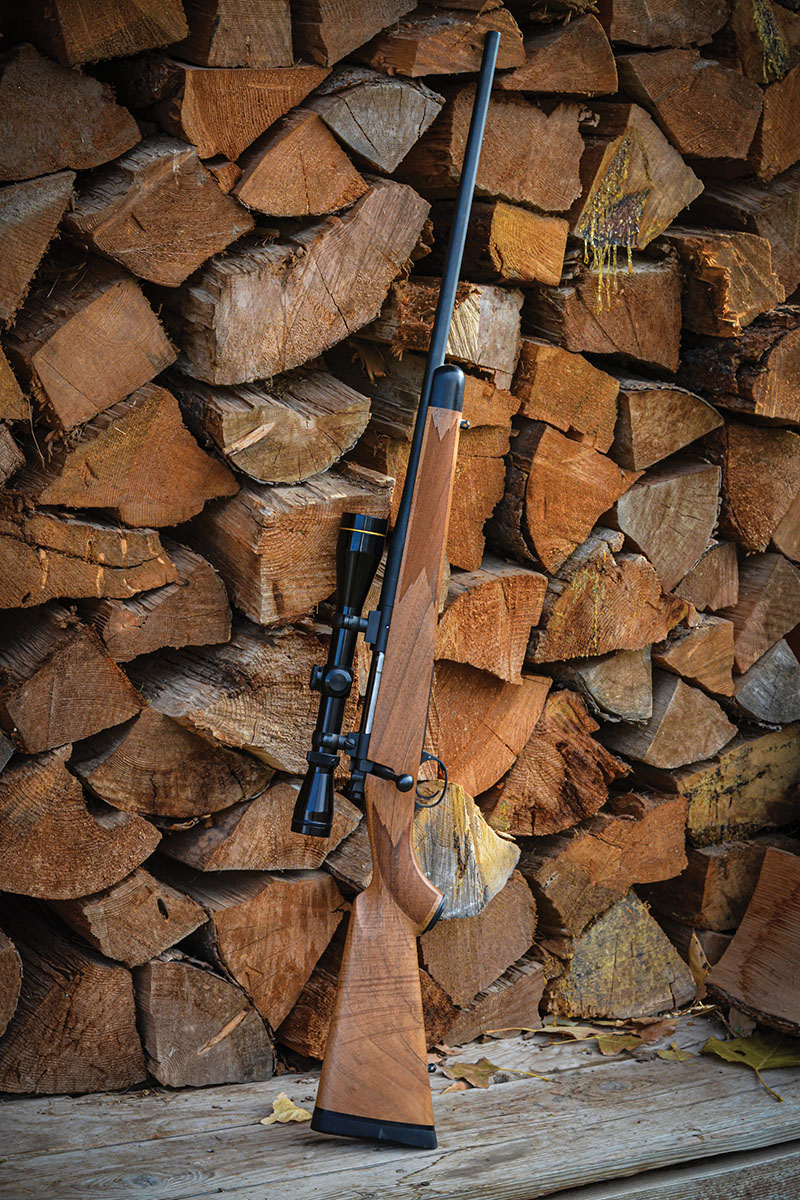
In essence, a combination of a 5 percent powder capacity increase, a more efficient powder burn and higher pressures allow the 280 AI to perform very close to the 7mm Remington Magnum. In fact, from 24-inch barrels, most 140-, 150- and 160-grain bullets can usually be pushed to within 50 to 100 fps of 7mm Remington Magnum velocities. However, it reaches those velocities with around 5.0 to 8.5 grains less powder, with most bullets weighing between 140 and 175 grains. In addition to reduced throat erosion and longer barrel life, the muzzle report and recoil are notably less. The 280 AI has proven to give very low extreme spreads from shot to shot and outstanding accuracy, but we are getting ahead of ourselves.
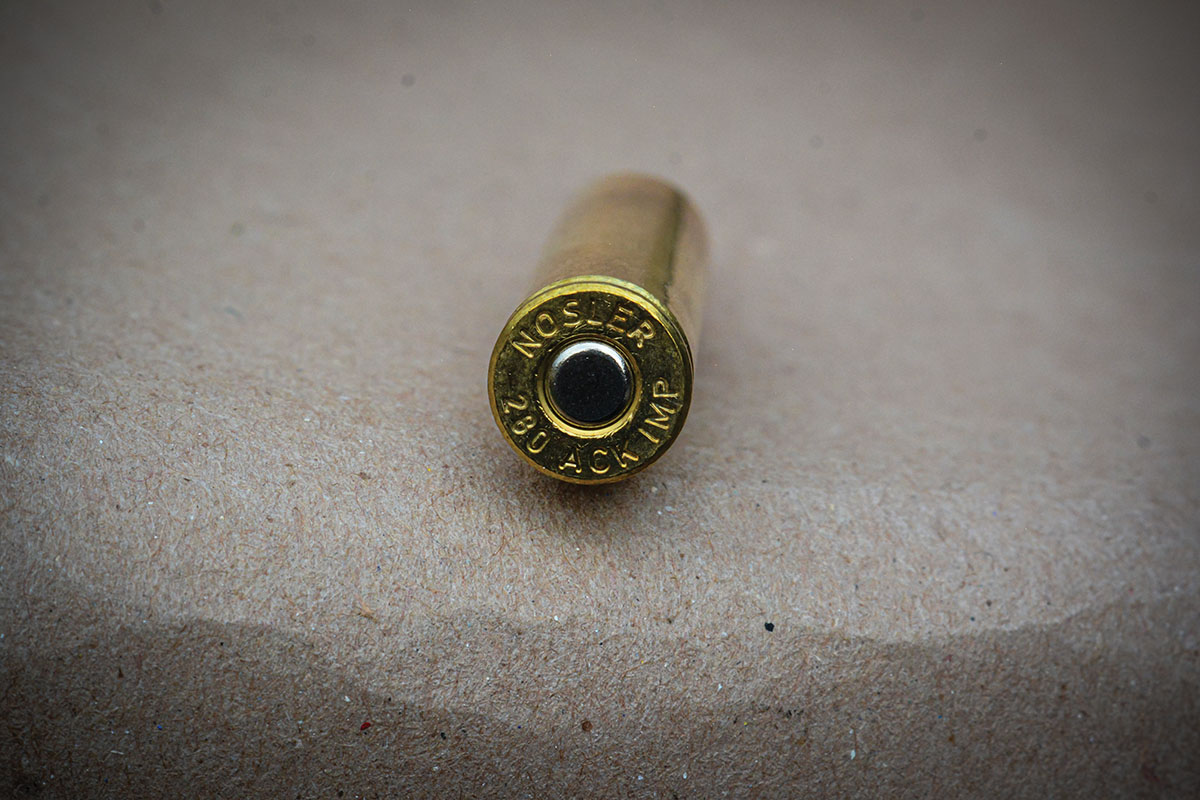
As can be seen in the accompanying handloading table, the 280 AI thrives on powders with burn rates that usually fall between IMR-4350 and IMR-7828 with 140- through 162-grain bullets.
From shooter and hunter standpoints, the beltless 280 AI boasts smooth, reliable feeding in bolt action rifles, just like the proven 30-06. It usually offers two additional rounds in the magazine than the 7mm Remington Magnum or other comparatively fat rounds. The smaller diameter case allows it to be chambered in small ring actions such as the lightweight Kimber 84L. It is a highly versatile cartridge that is suitable for antelope, deer, elk, moose, black bear and most African plains game when mated with correct bullets. As indicated, it is a capable long-range round. In addition to Nosler offering guns, Savage, Browning, Weatherby and others produced rifles. In a very crowded field of excellent, completely modern sporting and hunting cartridges, the 280 AI is still a top-drawer choice due to its unusual blend of velocity, accuracy, efficiency, long barrel life and overall performance, but it also has a colorful history.



